During his 4-day India visit, Nepalese Prime Minister Pushpa Kamal Dahal completed formal engagements with the Indian leadership and is visiting places of interest. Going by the importance traditionally attached to Nepal’s relationship with India, Dahal’s India visit is bound to be watched and analysed closely in India and Nepal. And political leaders on both sides are acutely aware of this. Given this, the Indian and Nepalese delegations hardly gave any room for conjectures. MoUs related to hydropower and connectivity were signed and exchanged. It seems the entire visit was designed to lower the expectations from each other on both sides. However, such measures go a long way in putting relationships on a practical plane.
By choosing India to visit first among foreign nations, the Nepalese Prime Minister has followed the norm set by his predecessors. He has not let his political ideology interfere in relations with India. It shows he is choosing pragmatism over populism. Nearly half of the members of Nepal’s parliament come from different communist parties that exist in the country. Among the communist leaders, Dahal is perhaps the tallest.
The visit by Nepal’s Prime Minister Dahal will strengthen the longstanding and diverse relations between the two nations, emphasising their commitment to mutual respect, cooperation, and equal sovereignty. India and Nepal have a deep connection based on religion, culture, economy, and politics spanning centuries. The shared border between the two countries has facilitated unrestricted movement, allowing people from both nations to build relationships through marriage and familial ties. While Nepal holds immense strategic significance in India’s geopolitical and security considerations, India has always approached its relationship with Nepal beyond narrow perspectives.
On a strategic note, India’s people-to-people connection with Nepal has seen a significant downturn after it adopted the Agnipath scheme of short-term military services, which excludes the Gorkha recruitment in the Indian army. There are six Gorkha battalions in the Indian Army, and together they have about 40,000 soldiers. Out of this, about 12,000 are Gorkhas of Nepali origin. Besides, there are about 120,000 Gorkha Indian Army pensioners in Nepal. Before Agnipath, about 1000 Gorkha soldiers were recruited in the Indian Army every year. However, with the implementation of Agnipath, this scheme that has been in practice since 1947 is practically stalled.
However, India aims to compensate for the downturn in relationships through increased people-to-people connections through the Ramayan and Buddha circuits train connectivity.
India’s engagement with Nepal has been guided by its principles of Vasudhaiva Kutumbakam (the world is one family) and the policy of Neighbourhood First. India’s primary objective has been to contribute to Nepal’s development through assistance and grants for infrastructure development, promoting cultural ties, improving human development indicators, and providing support during adversity, such as the 2015 earthquake.
The India visit of the Nepalese Prime Minister brings significant progress in infrastructure and other collaborative efforts. For example, Nepal has extended an offer to India to undertake the West Seti hydropower project, which had been stagnant for some time. The hydropower sector has emerged as a vital area of cooperation between India and Nepal and is seen as a catalyst for enhancing bilateral relations. In recent years, India has increasingly prioritised development in this sector, recognising its potential for mutual benefit and sustainable growth.
The progress of hydropower projects continues to gather momentum. The 900 MW Arun III project, undertaken by a subsidiary of Satluj Jal Vidyut Nigam (SJVN), is advancing at an accelerated pace. Moreover, India has stepped in to assist Nepal by signing an agreement between Nepal and India’s National Hydro Electric Power Corporation Private Limited (NHPC Ltd) to develop the 750 MW West Seti project, which had been stalled by a Chinese company citing financial constrictions. In addition, the 900 MW Upper Karnali Project has been taken up by GMR, an Indian company, for construction.
Nepal has resumed electricity exports to India as it experiences a power surplus during the monsoon season. Since last week, Nepal has been exporting approximately 600 MWh of electricity to India. Notably, from June to December 2022 alone, Nepal earned NPR 11 billion through hydropower exports to India. To enhance trade prospects and address concerns regarding Nepal’s increasing trade deficit with India, Nepal’s Prime Minister Prachanda has requested non-reciprocal market access for Nepal’s agricultural products and simplified Rules of Origin for other goods. Additionally, Nepal has proposed a 25-year bilateral agreement for power trade, replacing the current system of annual renewal that brings inefficiency and uncertainty to trade. (IPA Service)
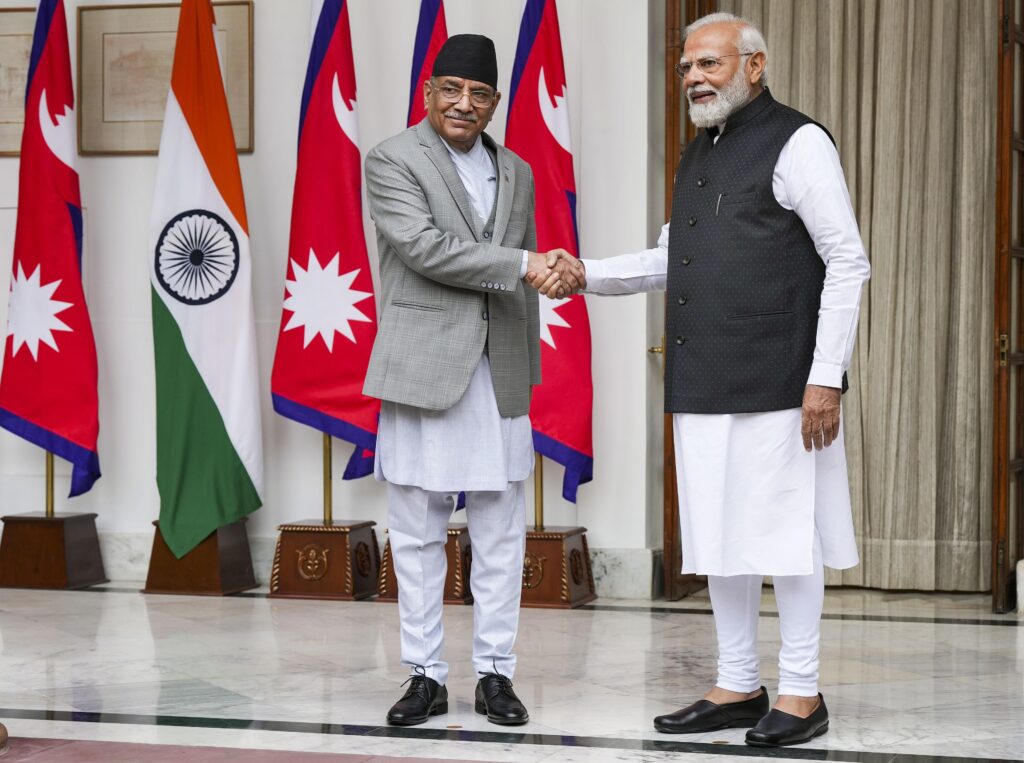
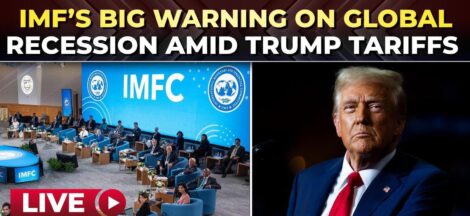
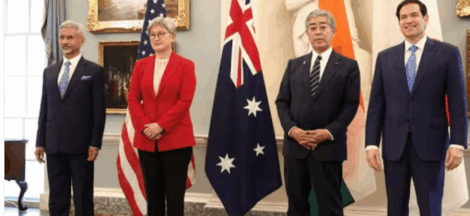
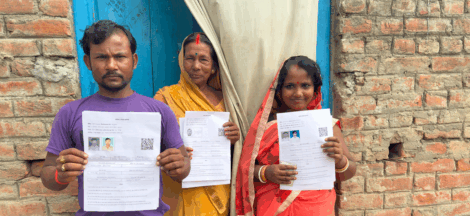
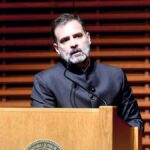 Rare show of appreciation for Modi from Sam Pitroda
Rare show of appreciation for Modi from Sam Pitroda 